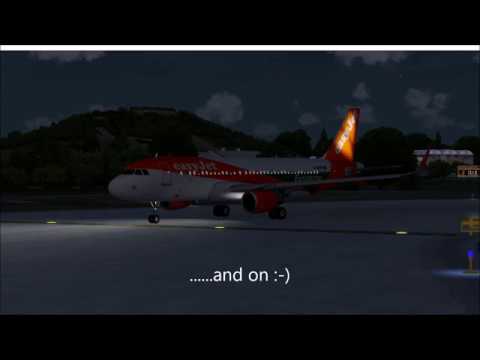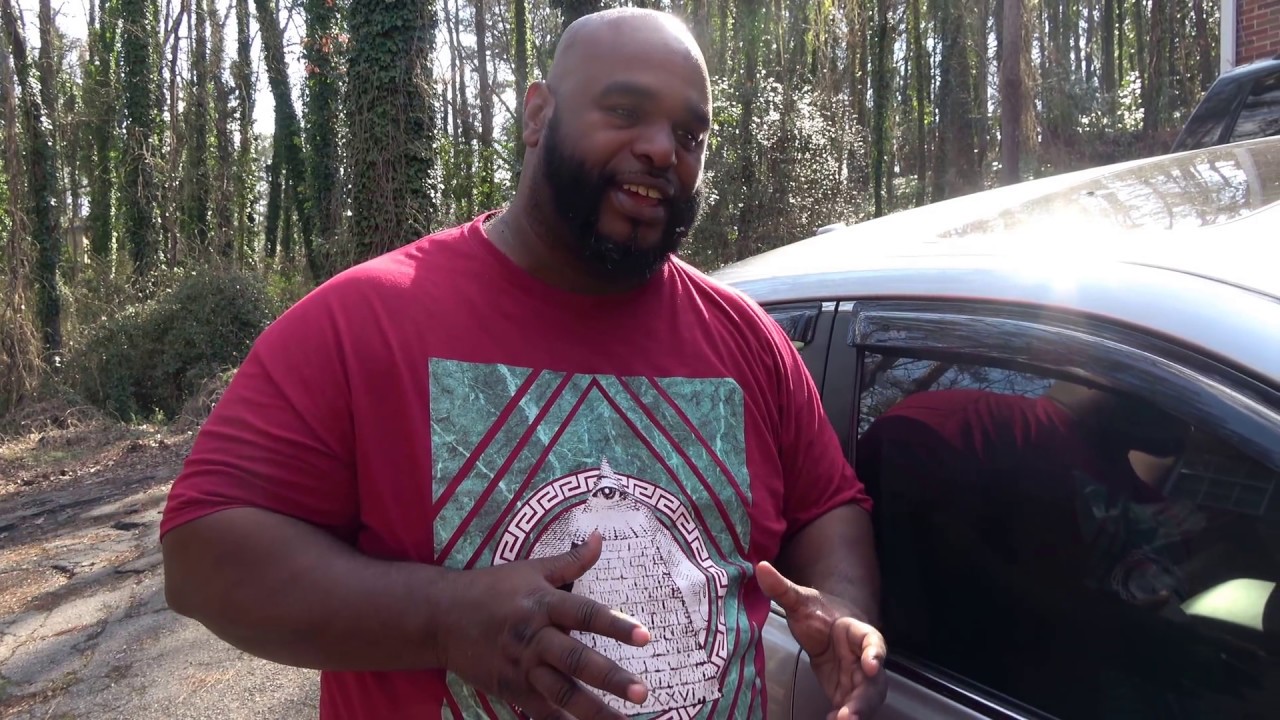TDF
For many of its residents, Chicago feels like two cities instead of one. There is the majorly white and gentrified north side, where everything seems untouched by society’s problems. And there is the south side, where gang wars and gunshots are a normal part of daily life. Even though cities like Washington and New York have higher crime rates, Chicago still holds the reputation of being a high crime city. It is a city divided by segregation, poverty, and the collapse of its public housing program.
Chicago, or the Windy City, is the 3rd most populated city in America. It has always been a boomtown, and jobs were always available. Many African Americans escaping the Deep South settled there because there was always work in factories, stockyards, offices, and even in the police. It was good for a while, but that didn’t last for long. Segregation arrived in Chicago and became the norm.
The white communities wanted to be apart from the poorer blacks, and so the local government passed a series of policies called “restrictive covenants”. All blacks were practically pushed into the slums. Living conditions were horrible and cramped, and these blocks of black communities just kept growing because they had nowhere else to go.
As time went by, the slums conditions got so bad that the city removed them and built public housing high-rise buildings. On paper, these housing complexes looked good. The government would pay for construction, and the Chicago Housing Authority would handle rent and logistics. However, a downturn in the economy made many families unable to pay rent. These brand new buildings eventually deteriorated as well, and the quality of life got even worse – just like in the slums it replaced.
Over the next few decades, a sense of lawlessness began to emerge from these places. Gangs and dealing drugs eventually took over the community. Sadly, it seemed like the natural progression of a community ignored by all the other sectors of society. These public housing complexes were frequently like urban warzones. Homicides were at all-time high, and every day was a never-ending carousel ride of violence, protests, gang wars, arrests, juvenile detention, drugs and back again.
And like it did in the past, the city once again tore down these communities.An entire generation of Chicago residents lost part of their identity. Twenty years later, nothing has been rebuilt. Public housing – and now the lack of it – is still a problem.
Sadly, the biggest group affected are the children. They find it difficult to break out of the cycle of growing up in a violent and unsupported community and falling into the wrong crowd and eventual life of crime. The silver lining is that charitable groups are investing in these kids. Organizations are helping these kids finish school, get job skills and show them other options vs the life of crime. Hopefully, they will become successful in life, lay their roots in Chicago, and build newer and more uplifting communities to benefit the future.




